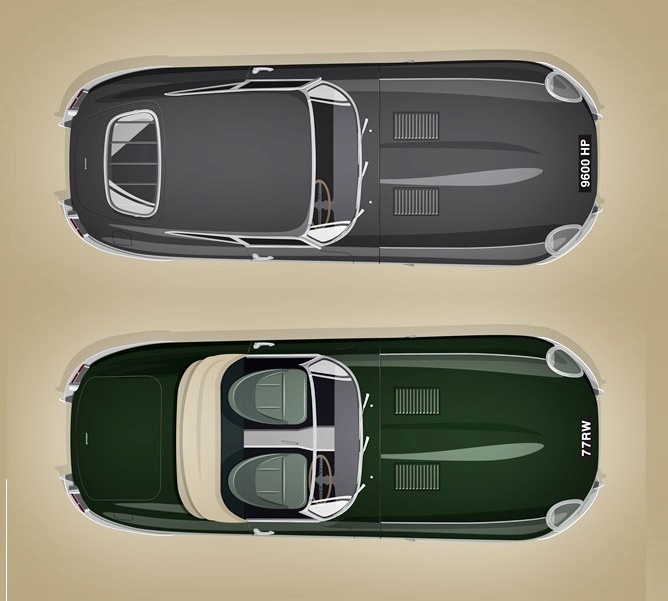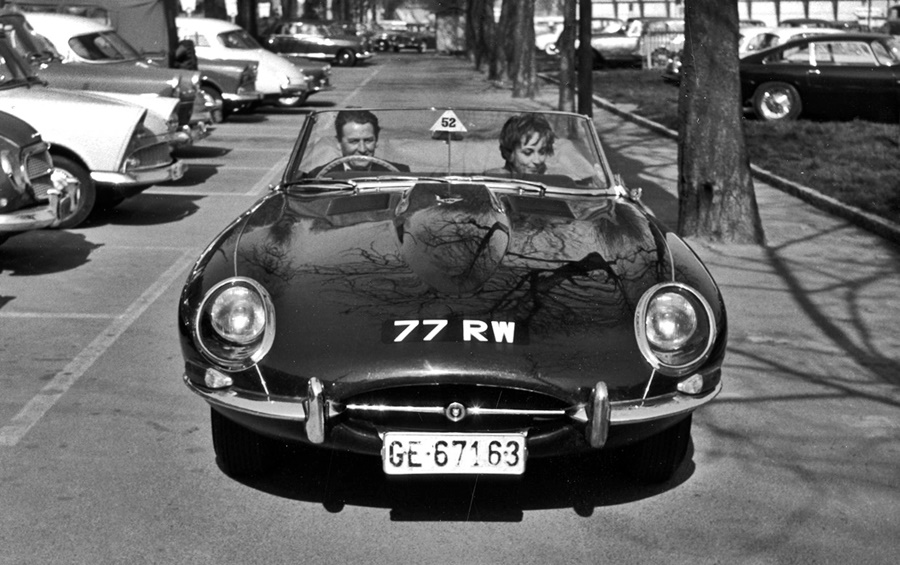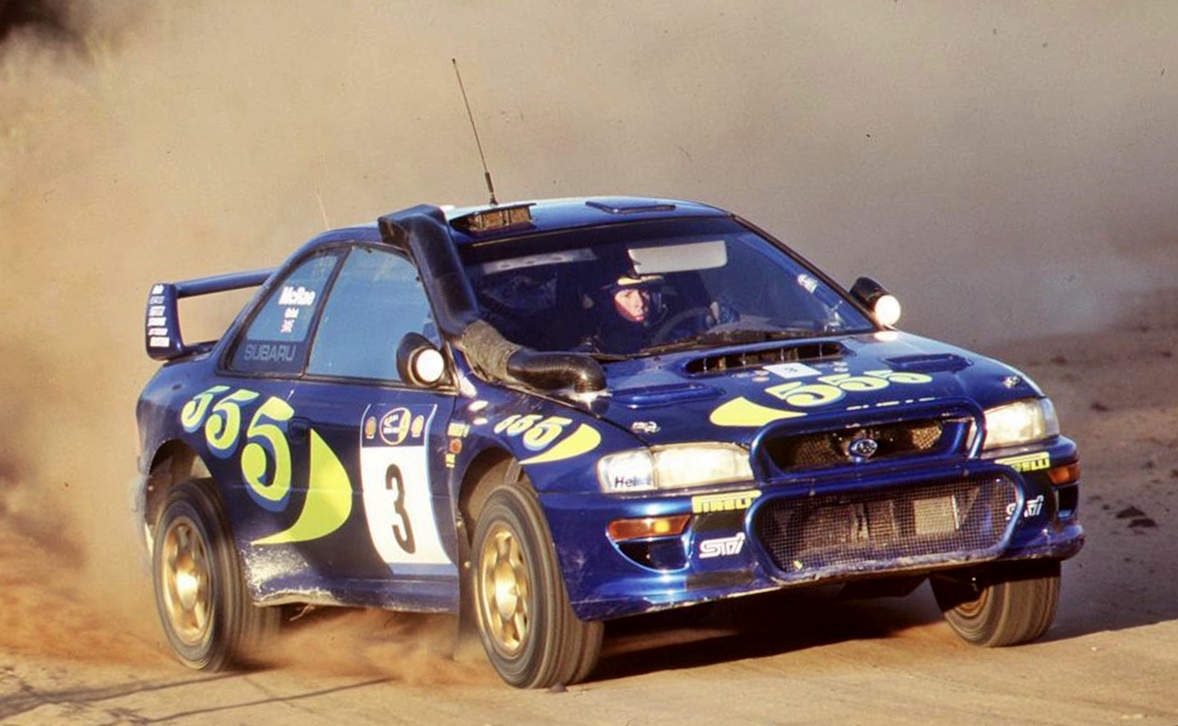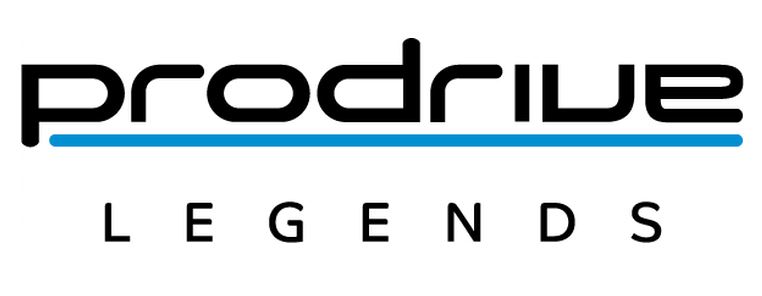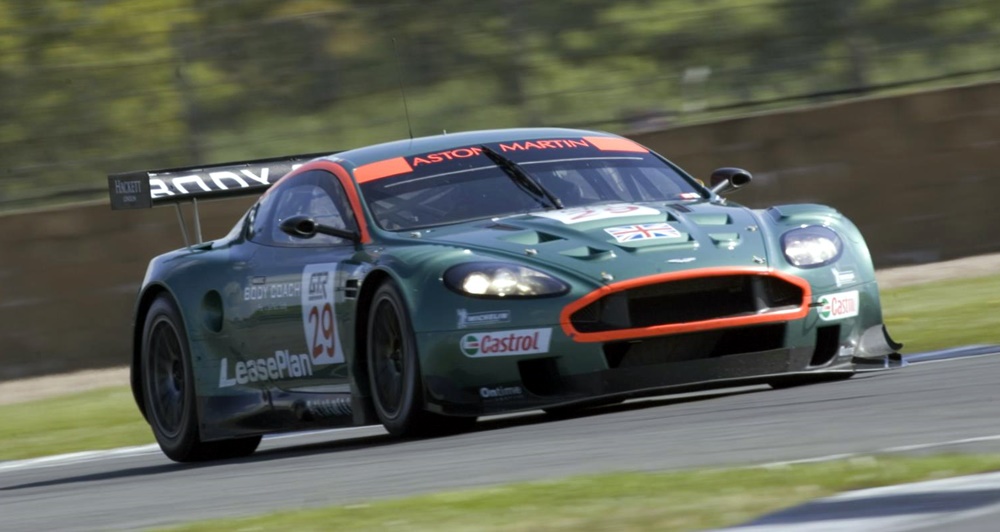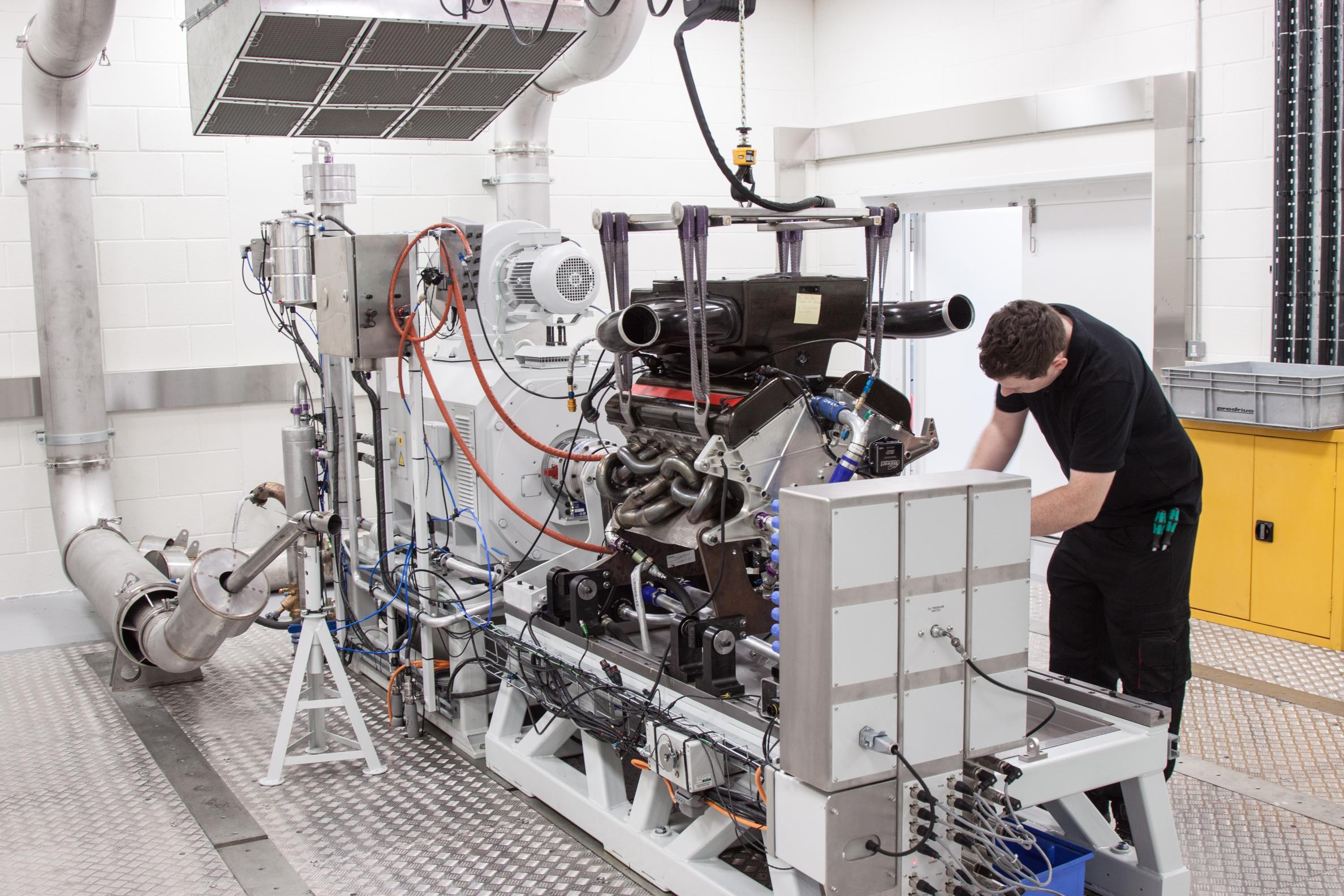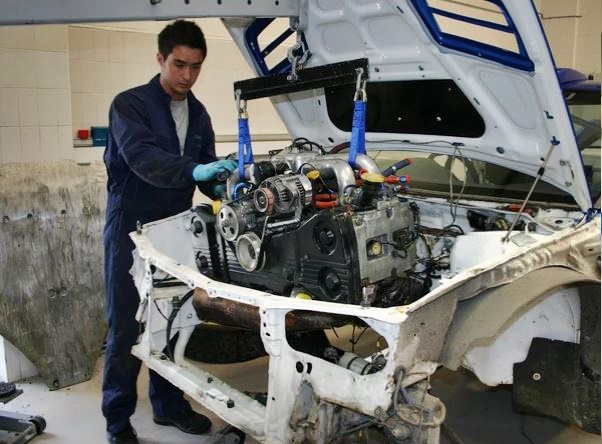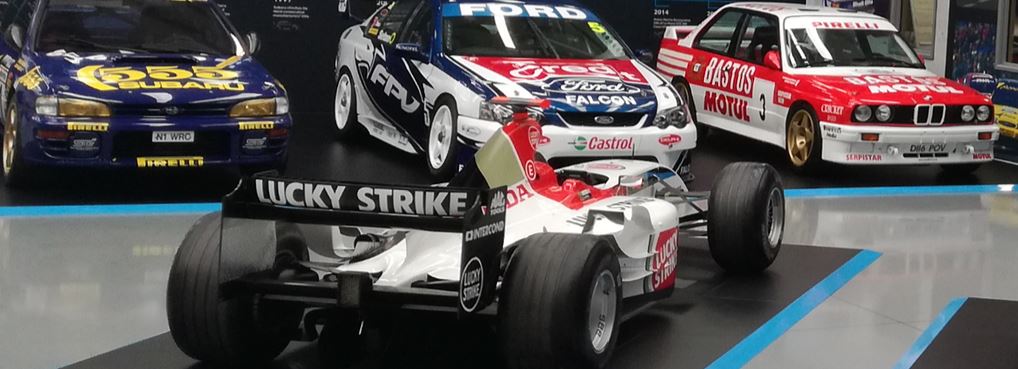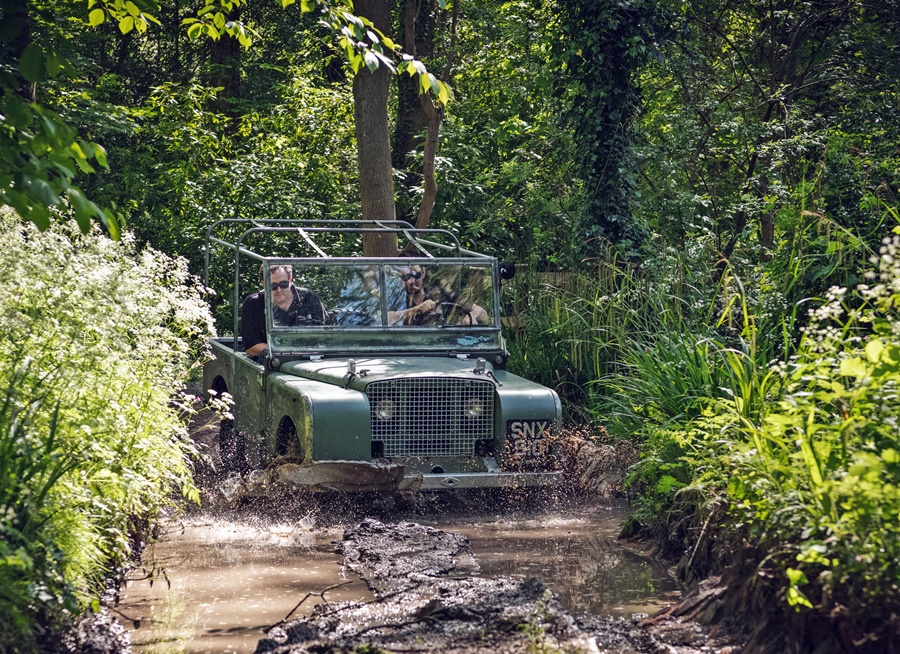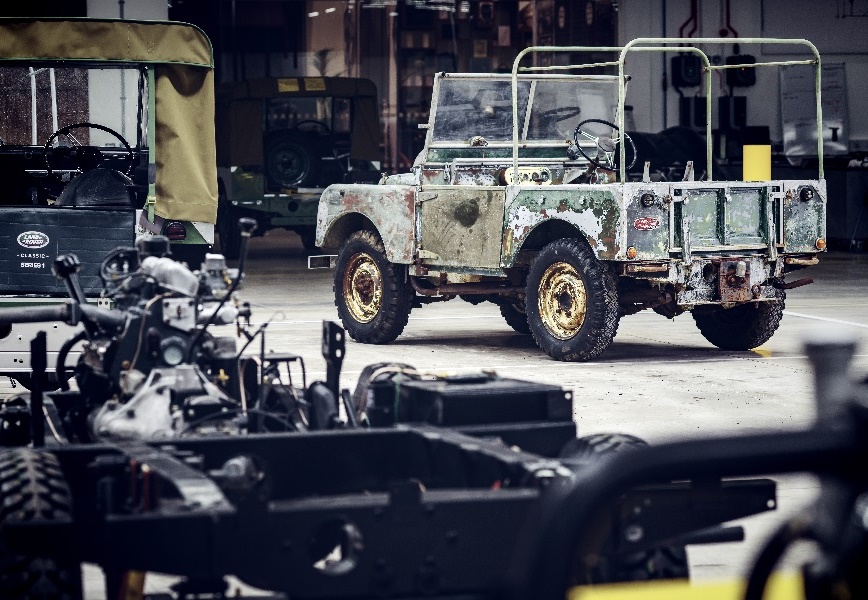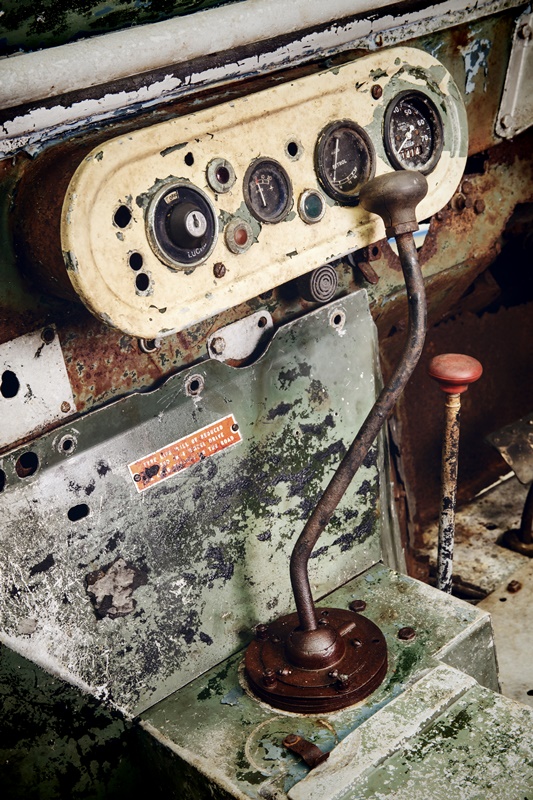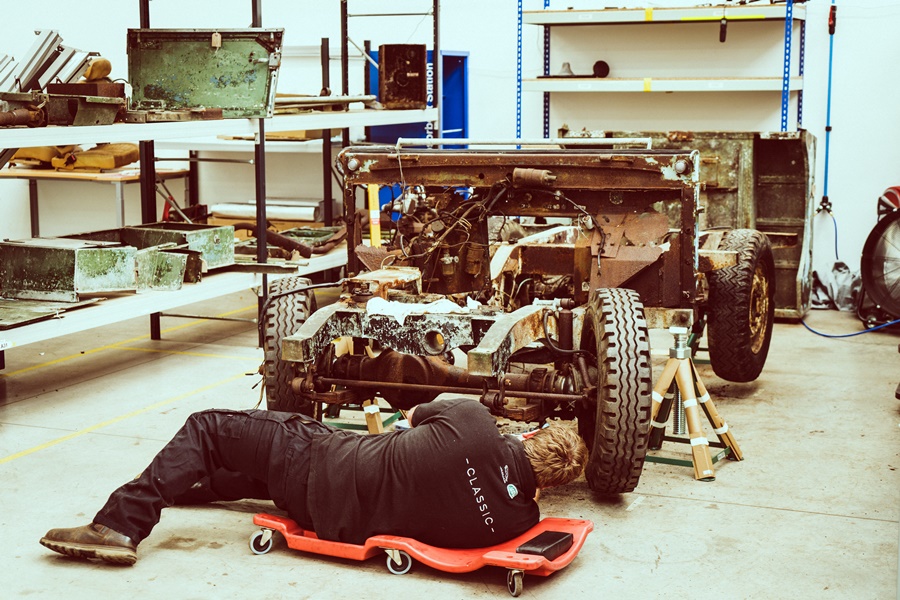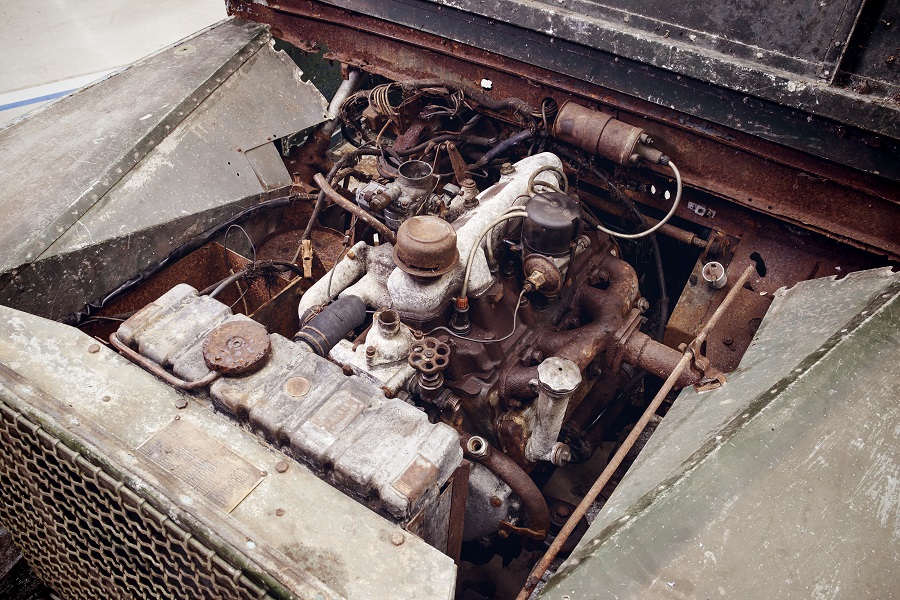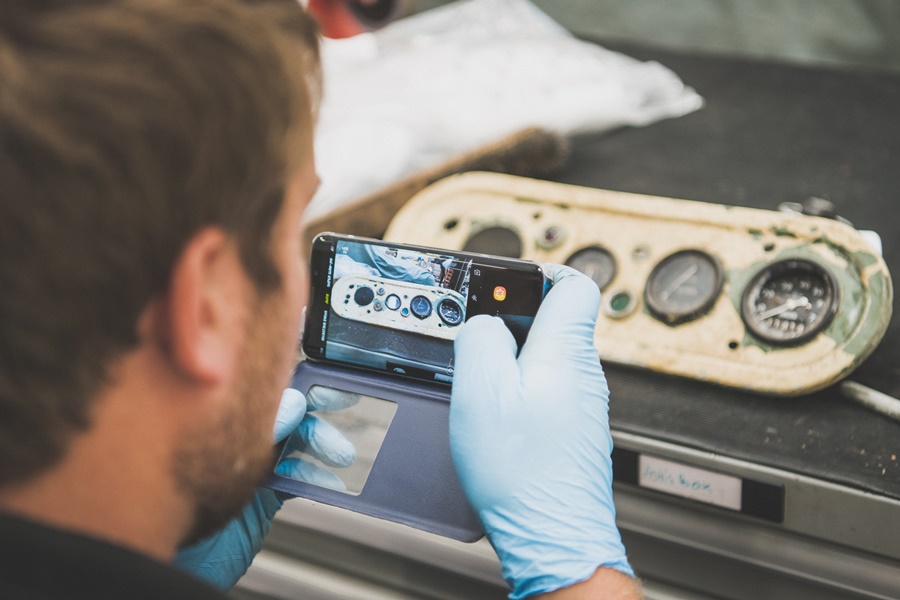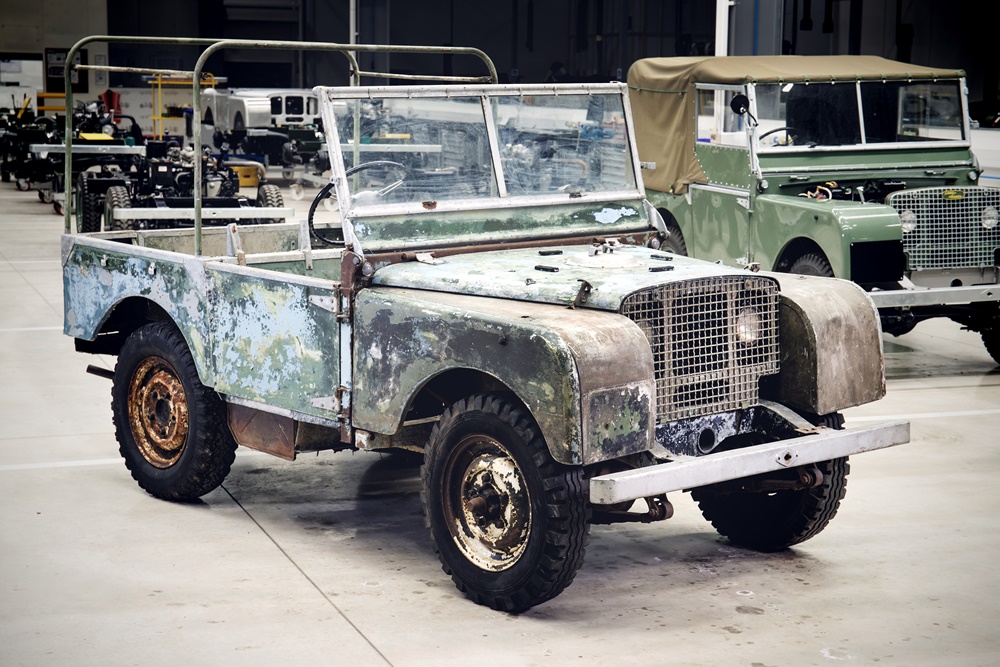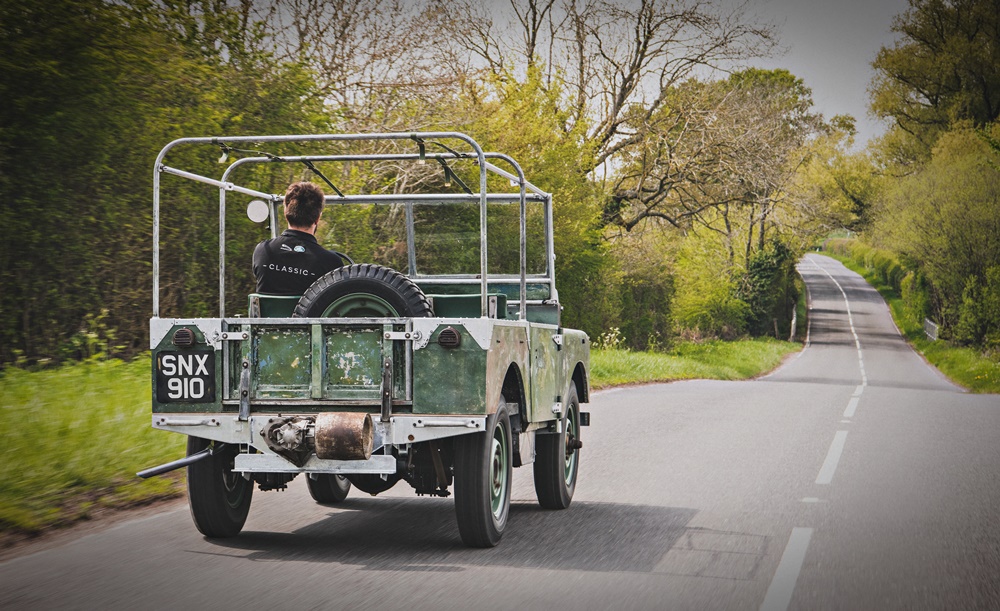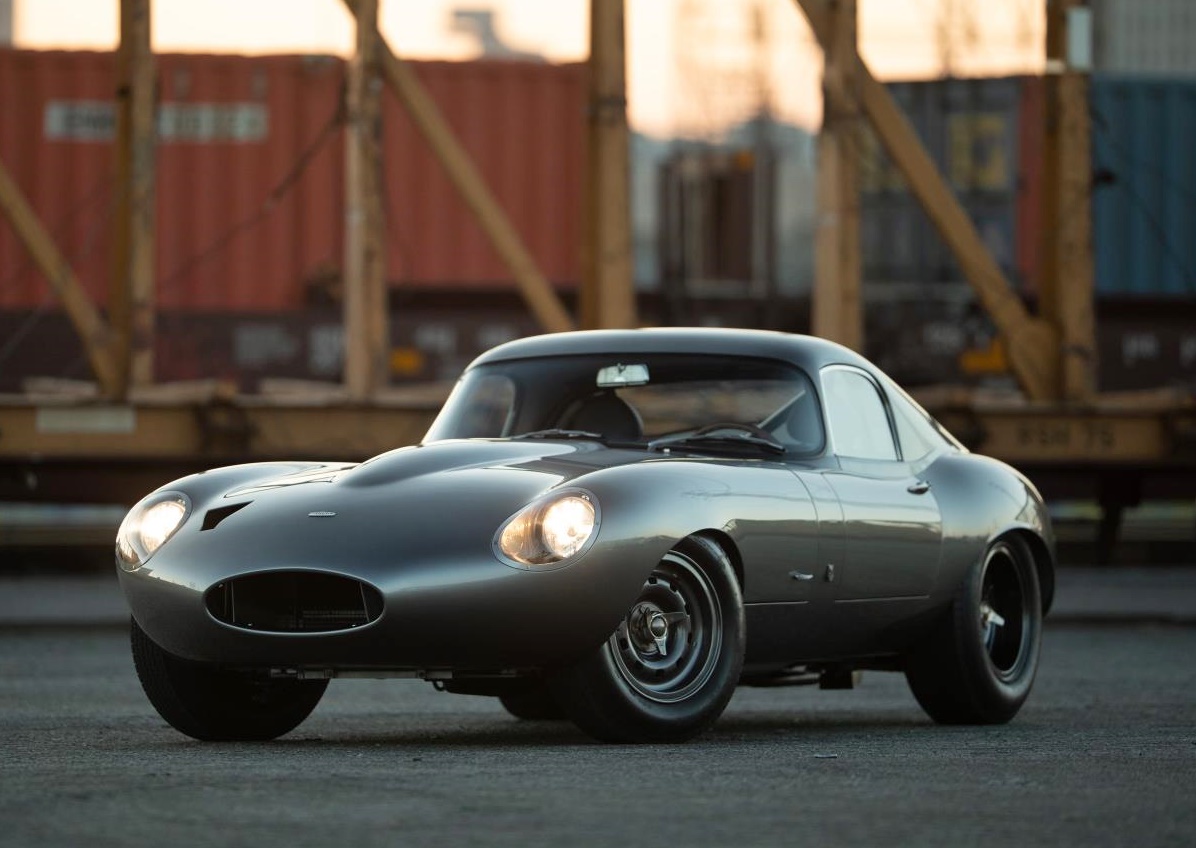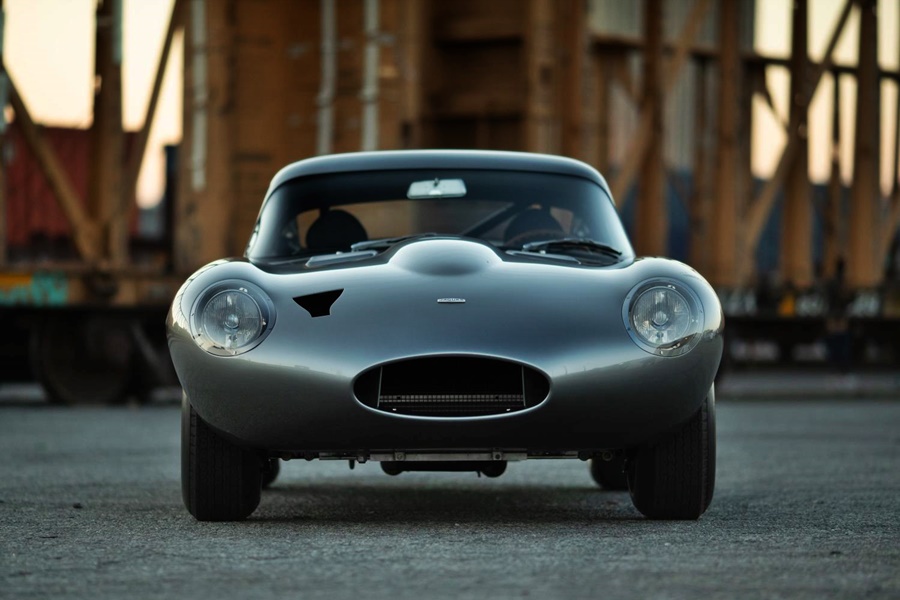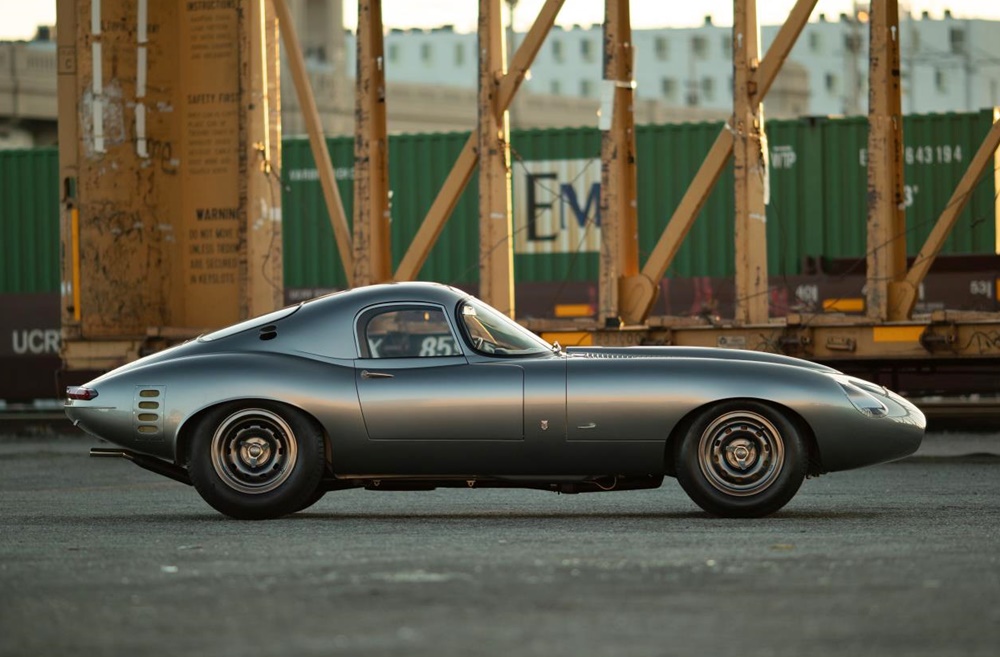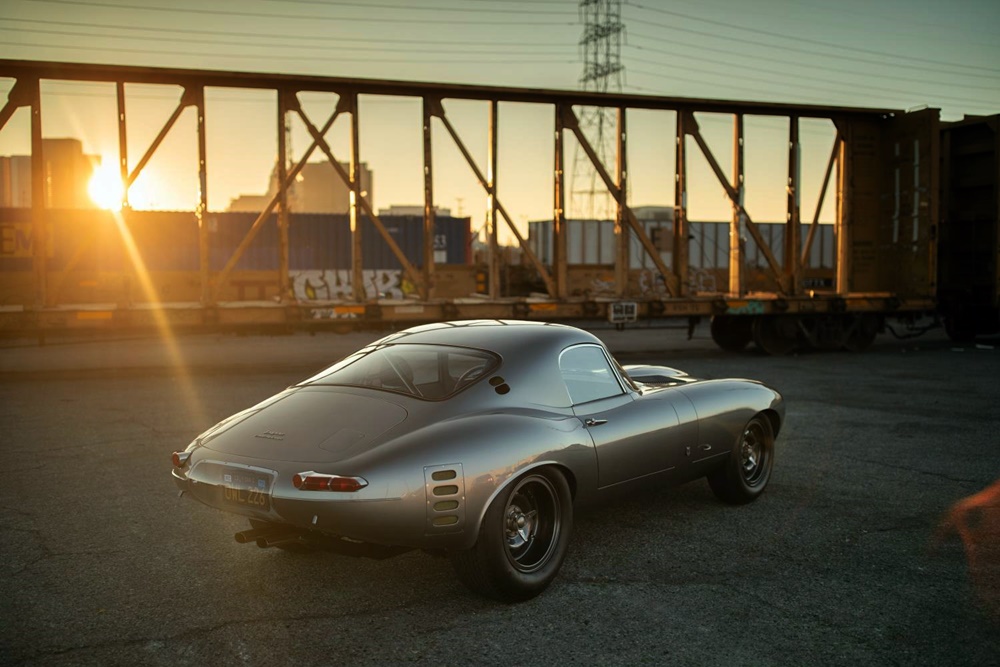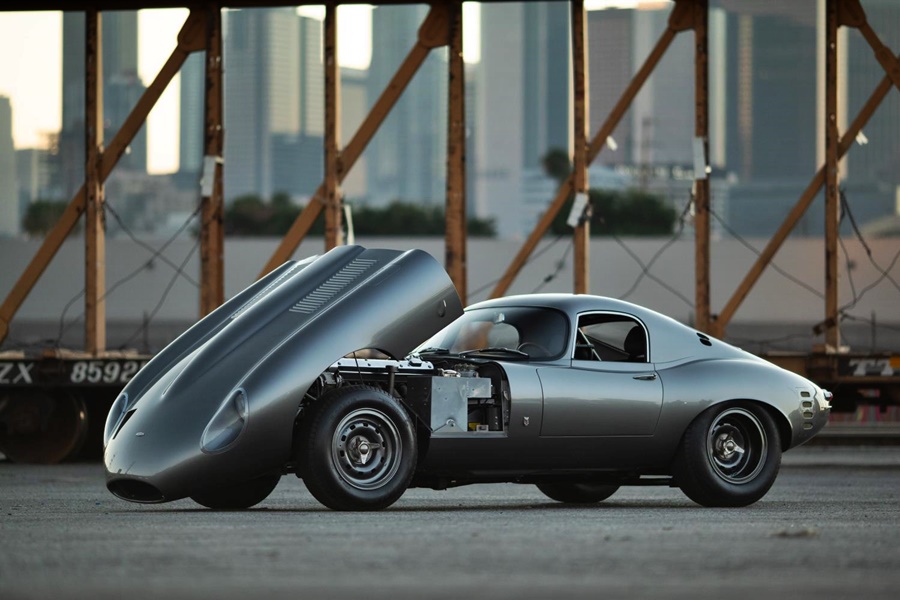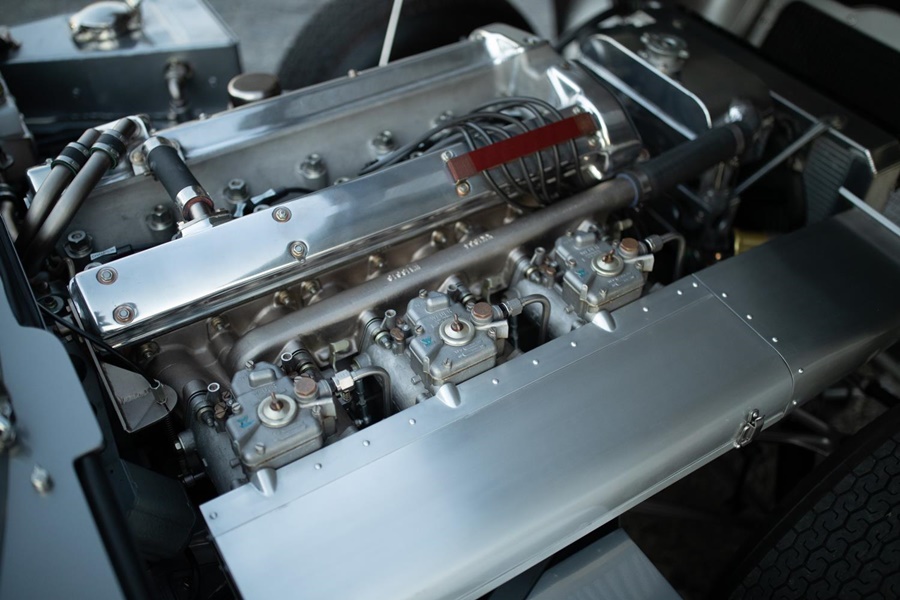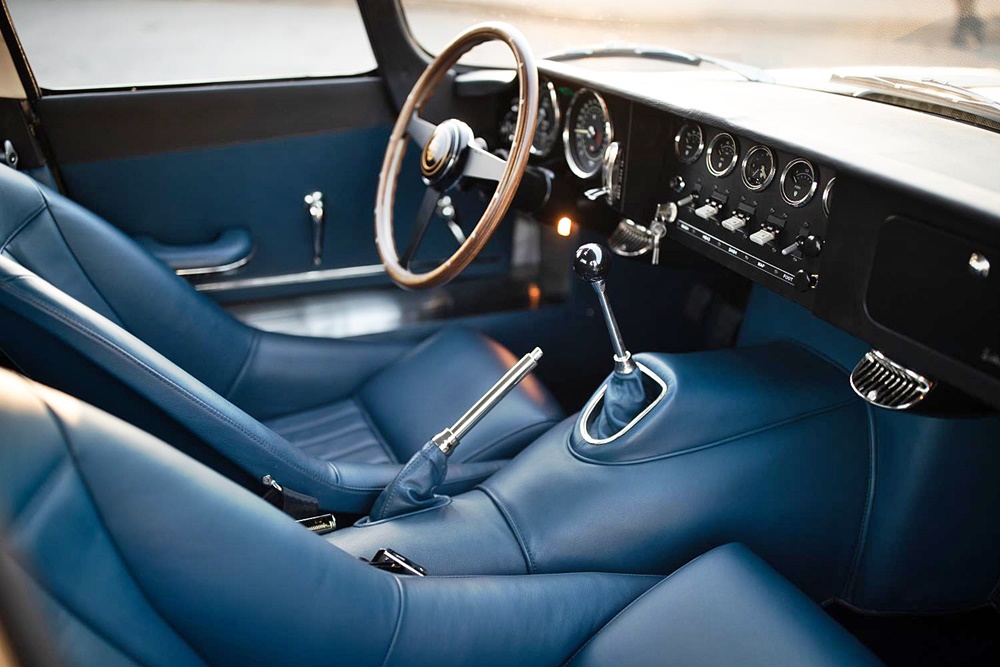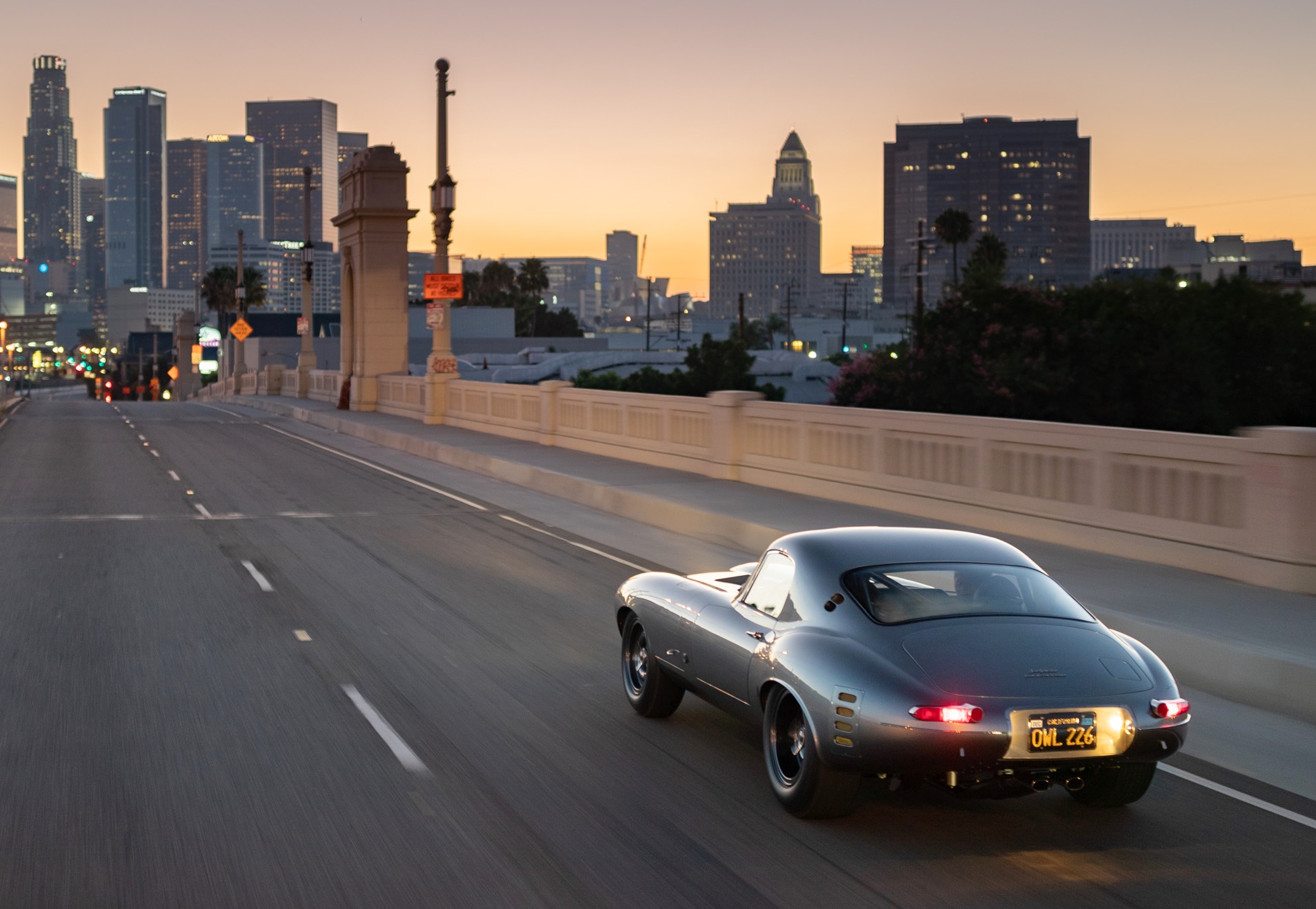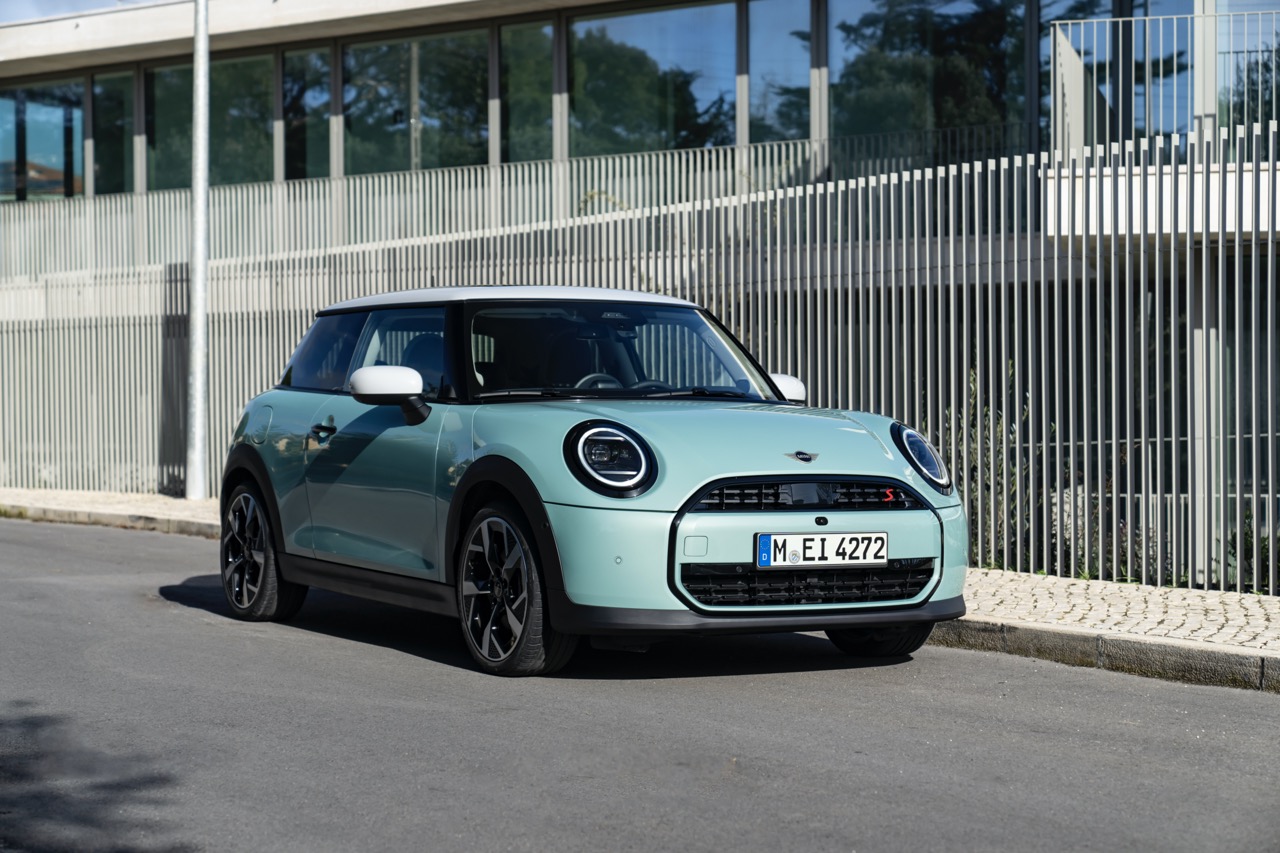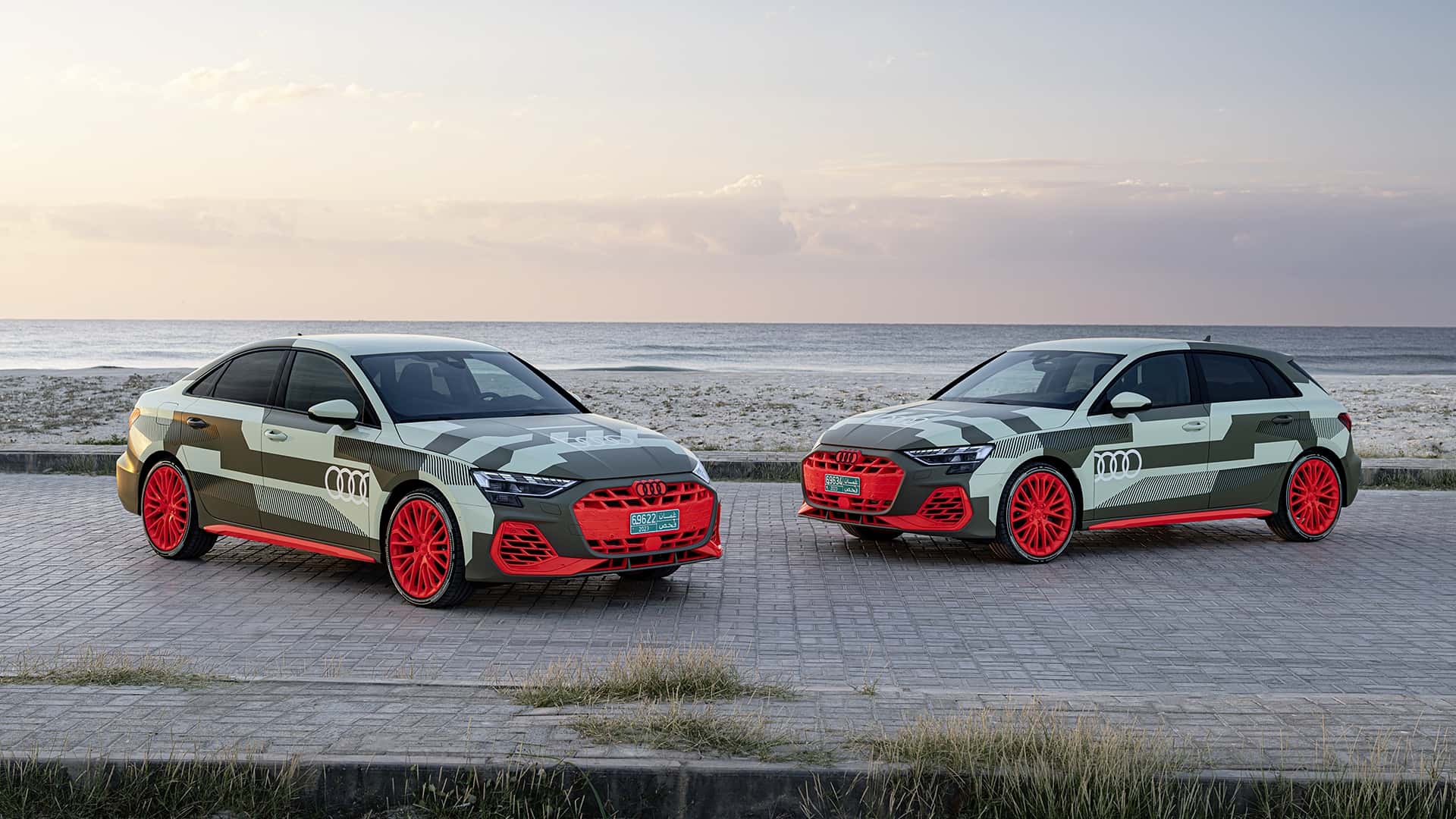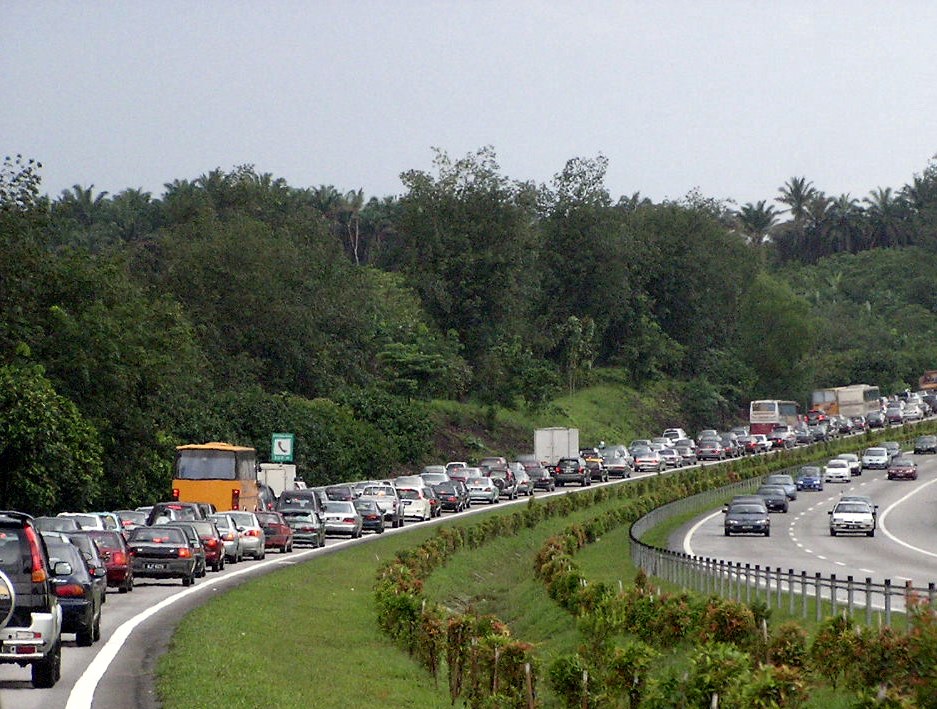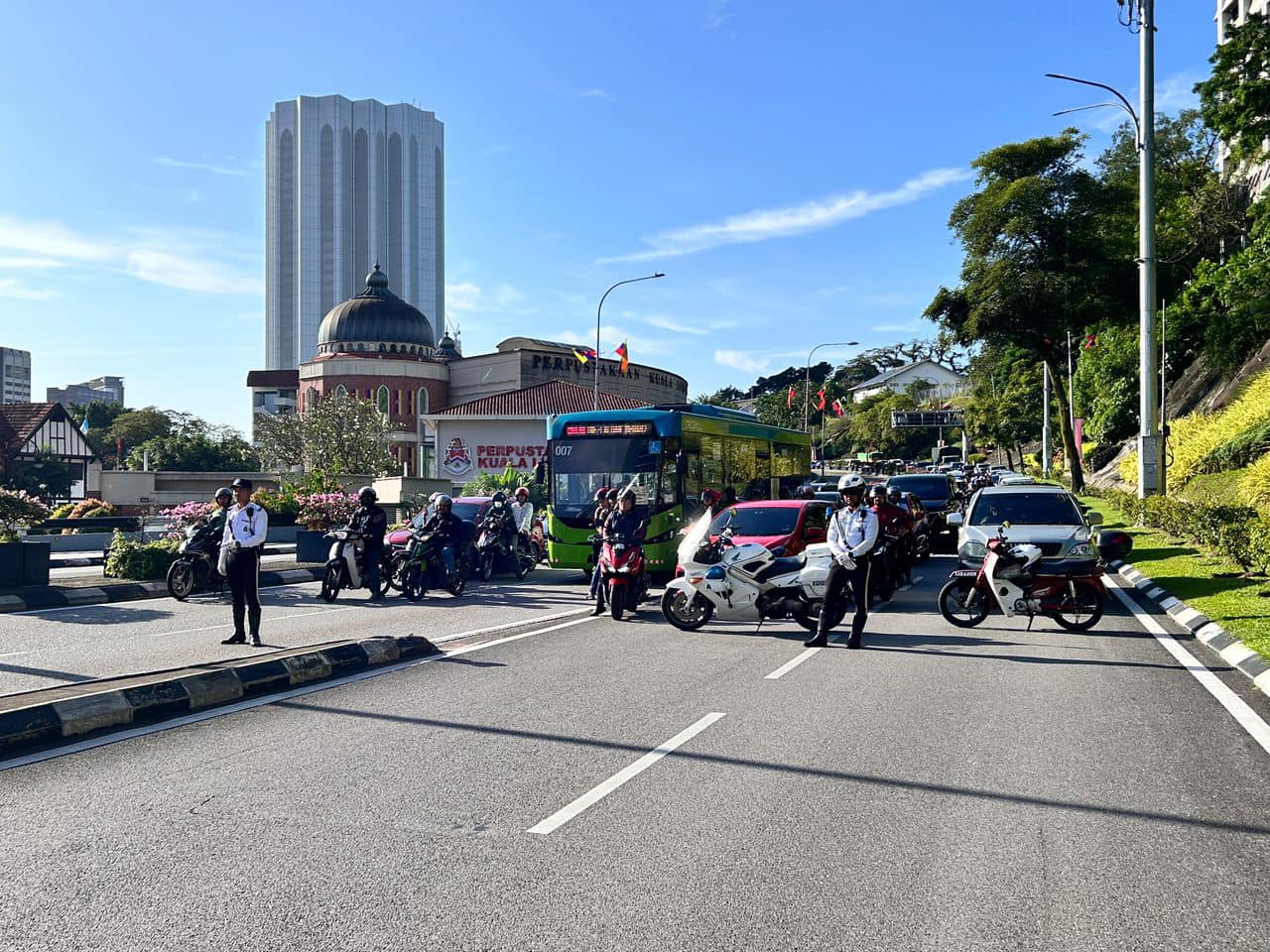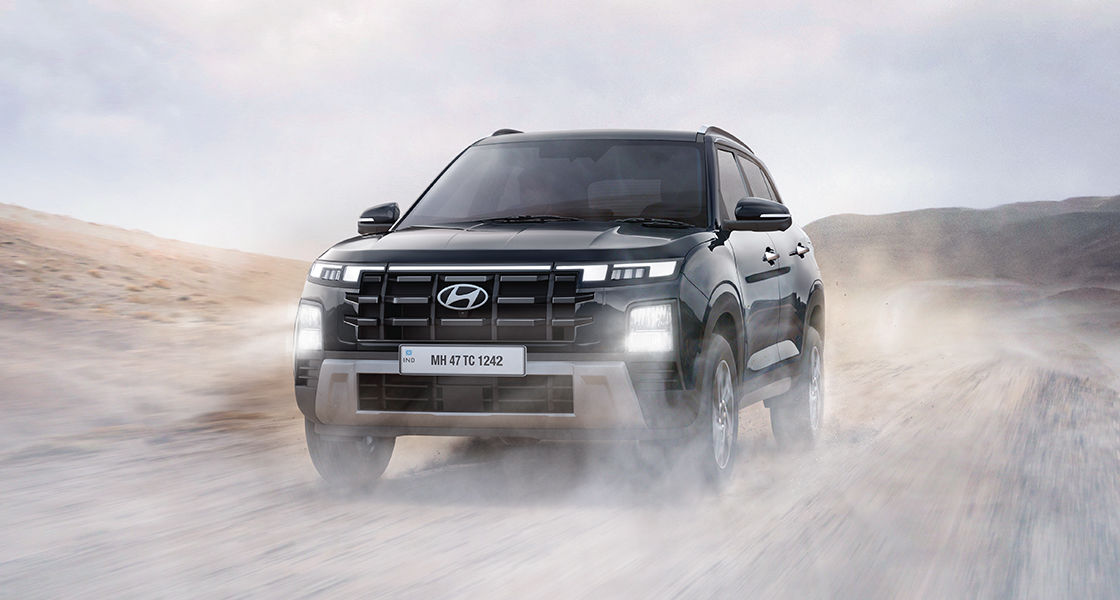March 2021 will be the 60th anniversary of the iconic British sportscar – the Jaguar E-Type. To mark the occasion, Jaguar Classic will create six matched pairs of E-types. The E-Type 60 Edition, as each car will be known, will be restored 3.8 E-Types with commemorative detailing and exclusive paint colours.
Each pair of E-type 60 Edition cars pay tribute to two of the oldest and most famous Jaguar E-types of all: ‘9600 HP’ and ‘77 RW’, which played pivotal roles in the unveiling of the car at its world debut in Geneva, Switzerland in March 1961.
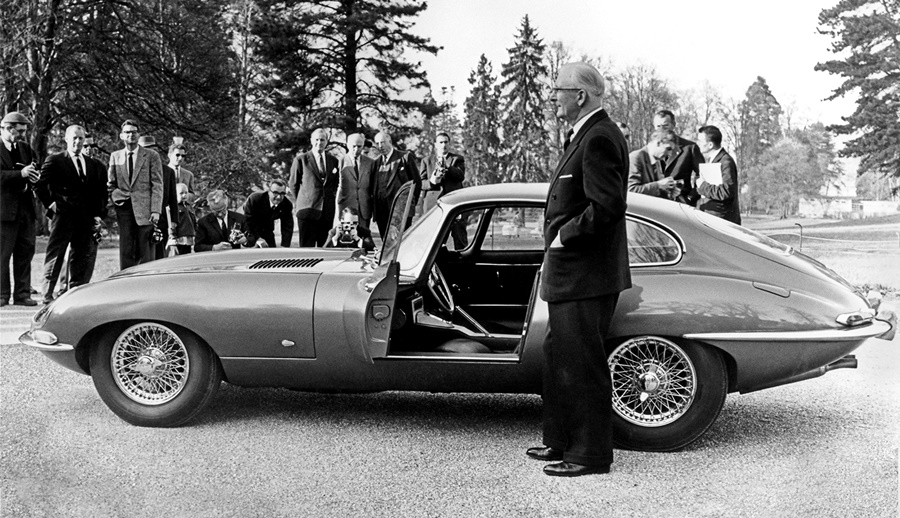
Debut in Geneva
An Opalescent Gunmetal Grey 3.8-litre Fixed-Head Coupe registered ‘9600 HP’ was one of the first two E-types unveiled to specially-invited guests. Driven ‘flat out’ to Switzerland from Coventry the night before the launch, public relations manager Bob Berry arrived with minutes to spare for demonstration drives.
With an outstanding reaction to the E-Type resulting in overwhelming demand for drives with Berry, legendary Jaguar Test and Development Engineer Norman Dewis was told to ‘drop everything’ and drive a British Racing Green 3.8-litre roadster registered ‘77 RW’ from Coventry to Geneva. He took did the drive across Europe through the night.
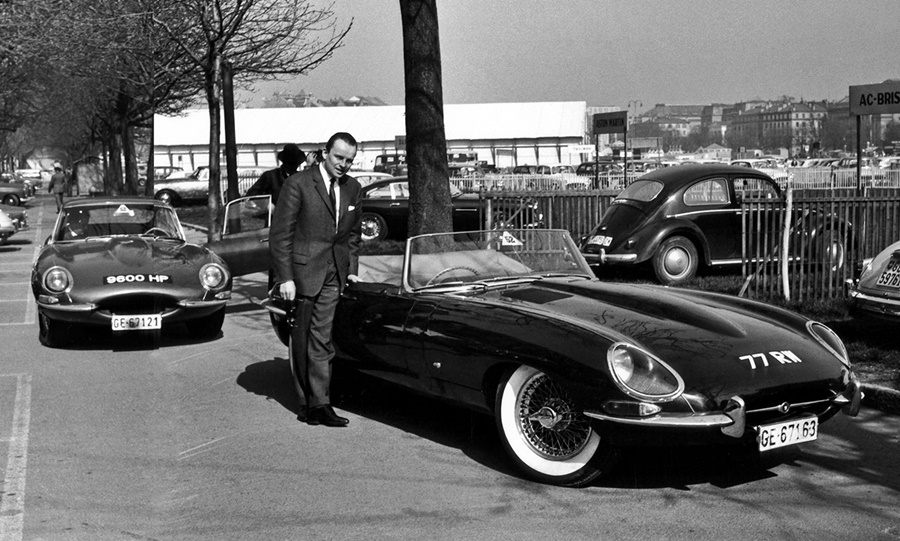
Both cars were also loaned to the media for their road tests, which confirmed the car’s performance, including its 241 km/h top speed. One of the contributors to the high performance was its jet aircraft-inspired lines on a bodywork refined in a wind tunnel.
Built by Jaguar Classic
Every E-type 60 Edition built by the team at Jaguar’s Classic Works facility in England, the largest such facility in the world. There will be an existing 1960s 3.8-litre E-type fully-restored to exclusive 60th anniversary tribute specification.
Each E-type 60 Collection pair will include one Flat Out Grey ‘9600 HP’ coupe and one Drop Everything Green ‘77 RW’ roadster, with unique paint formulations exclusively reserved for these cars. There will be a number of 60th anniversary commemorative design details created in conjunction with Jaguar Design Director Julian Thomson.
A car that made an impact
Synonymous with the revolutionary zeitgeist of the Swinging Sixties, E-Types were owned by celebrities such as Steve McQueen, Brigitte Bardot, Frank Sinatra, George Harrison, Tony Curtis and Britt Ekland. And, thanks to the beauty of its sculptural forms, its functionality and its impact on design, an E-Type became only the third car to join The Museum of Modern Art’s design collection in 1996.
“The Jaguar E-Type is a genuine icon, as sensational today as the moment it was unveiled in 1961. It’s testament to the E-Type’s advanced design and engineering that it can still be enjoyed and admired as passionately almost 60 years on,” said Dan Pink, Director of Jaguar Classic.
“The E-Type 60 Collection is a lasting tribute for E-Type admirers, honouring the car’s legacy and the achievements of the team that created it – many of whom have descendants working for Jaguar Classic today, expertly restoring, maintaining and future-proofing enjoyment for generations to come,” he added.


